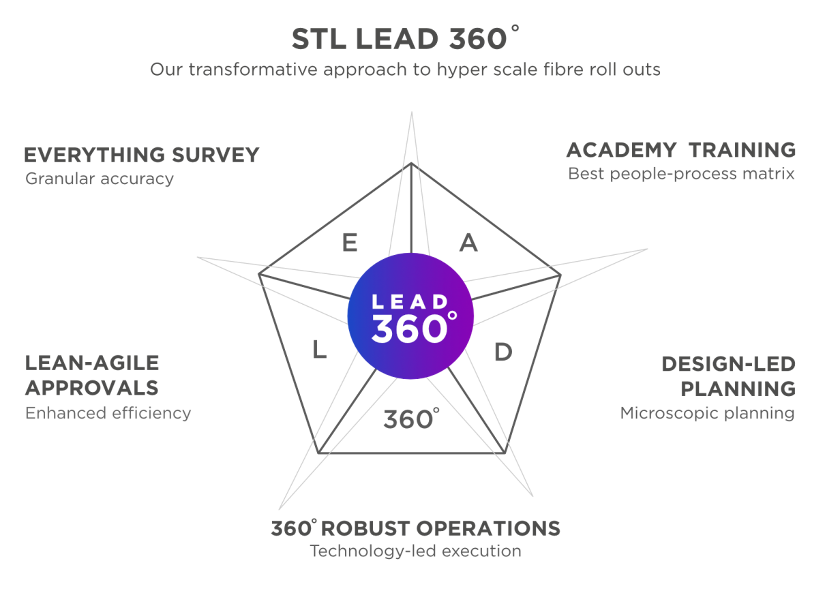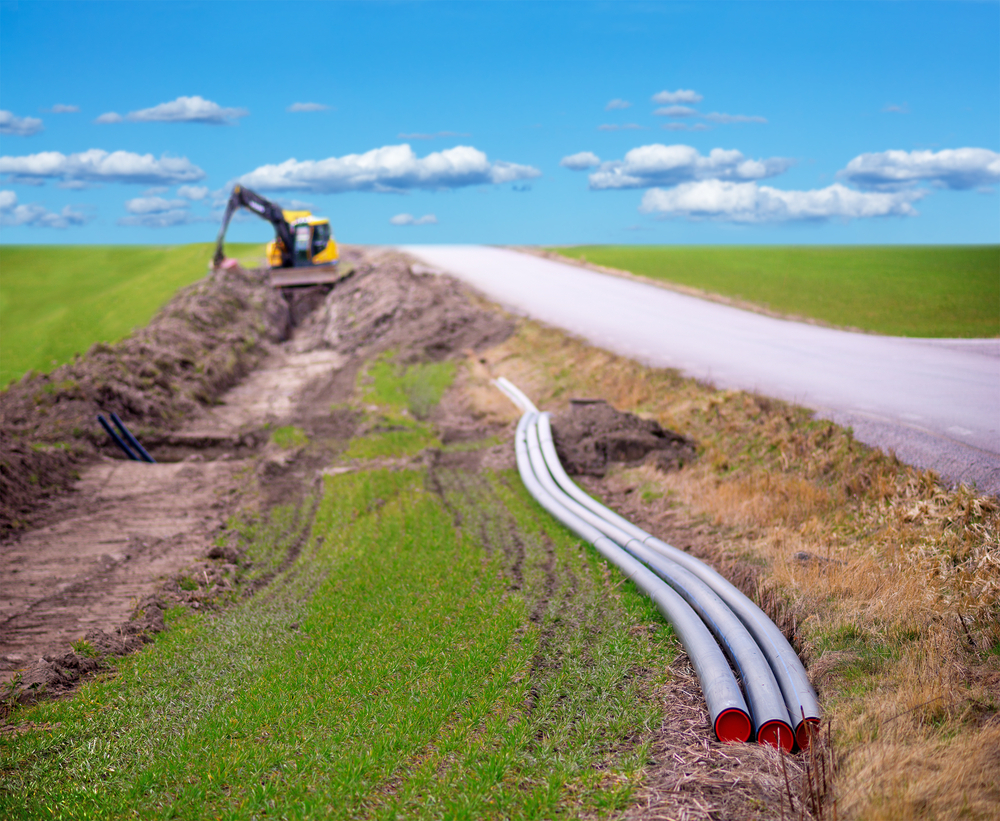We discuss the following topics in this blog:
- High-Speed Broadband can Spur Rural Growth
- Digital Inclusion Aids Socio-Economic Development
- STL Lead 360: Transformative approach to hyper-scale fibre rollouts
In addition to these topics, we shall also be answering the following FAQs:
- What is WiFi?
- What is an Optical Fibre Cable?
Contents
Foreword
Millions of Americans lack basic broadband internet access (25 Mbps download/3 Mbps upload) making them unable to take advantage of the educational, entertainment, and economic opportunities enjoyed by those who do have access to higher speeds.
Click here to know more about how FTTx is transforming lives
FTTx Paradigm Change to Achieve Fiber to the Exponential
How High-Speed Broadband can Spur Rural Growth?
Broadband connectivity has become essential to foster the development of the local economy and bring digital inclusion. In a 2017 Survey conducted by Purdue University’s Center for Regional Development, small and rural communications providers in the United States created nearly 77,000 jobs and supported more than $10 billion in economic activities across a wide range of industries1. Even Federal and State governments have realized the importance of high-speed broadband networks to uplift rural communities. Broadband infrastructure enables scalability for precision agriculture and other emerging technologies alongside benefits to public safety, and access to education and health services.
How Digital Inclusion Aids Socio-Economic Development?
As COVID raged across the globe, distancing families & decimating economies, high-speed broadband became essential to facilitate work from home, study online, have a doctor’s appointment, and even shop for groceries. Disadvantaged communities had to suffer more as jobs were lost, and local administrators realized the importance of symmetrical broadband connectivity as a means to encourage alternate entrepreneurial ventures. Such steps will go a long way toward mitigating longstanding issues of digital inclusion, mostly in low-income, rural, and tribal communities.
Click the below link, to explore more on Digital Inclusion Case Study
Digital inclusion that goes beyond broadband
These efforts will also enable to bridge the digital divide. Much has been written about the growing digital divide, and how to overcome this glaring disparity. Federal and State broadband programs like USDA’s ReConnect and FCC’s RDOF are steps in the right direction, but they still seem like a drop in the ocean.
Also, these are only helping to take care of the Money problem. The challenge also lies in accelerating the implementation of these programs by ensuring that there is enough skilled manpower, construction equipment, adequate product supply, and sustained profitability for those companies who are a part of this ecosystem.
STL’s Solutions Adding Immense Value
Building the next generation of digital infrastructure with STL Partnerships across communities, government, institutions, and other relevant stakeholders, as well as the ability to use funding effectively from diverse sources, are critical to enabling robust broadband networks across the US.
Public-private partnerships will play a leading role in closing the broadband coverage gap. The need is to ensure technology-led design and deployment of this planned infrastructure in the most cost effective and time efficient way. This is where STL, an industry leading integrator of digital networks can add immense value.

STL is pioneering large rural broadband networks in India along with some sophisticated integration projects across the globe. Please click here to learn more on
Implementing one of the largest rural connectivity programs in India
<To learn more about Faster and Efficient FTTx deployment, Please reach out to the STL team >
FAQs
What is WiFi?
Put simply, WiFi is a technology that uses radio waves to create a wireless network through which devices like mobile phones, computers, printers, etc., connect to the internet. A wireless router is needed to establish a WiFi hotspot that people in its vicinity may use to access internet services. You’re sure to have encountered such a WiFi hotspot in houses, offices, restaurants, etc.
To get a little more technical, WiFi works by enabling a Wireless Local Area Network or WLAN that allows devices connected to it to exchange signals with the internet via a router. The frequencies of these signals are either 2.4 GHz or 5 GHz bandwidths. These frequencies are much higher than those transmitted to or by radios, mobile phones, and televisions since WiFi signals need to carry significantly higher amounts of data. The networking standards are variants of 802.11, of which there are several (802.11a, 802.11b, 801.11g, etc.).
What is an Optical Fibre Cable?
An optical fibre cable is a cable type that has a few to hundreds of optical fibres bundled together within a protective plastic coating. They help carry digital data in the form of light pulses across large distances at faster speeds. For this, they need to be installed or deployed either underground or aerially. Standalone fibres cannot be buried or hanged so fibres are bunched together as cables for the transmission of data. This is done to protect the fibre from stress, moisture, temperature changes and other externalities.
There are three main components of a optical fibre cable, core (It carries the light and is made of pure silicon dioxide (SiO2) with dopants such as germania, phosphorous pentoxide, or alumina to raise the refractive index; Typical glass cores range from as small as 3.7um up to 200um), Cladding (Cladding surrounds the core and has a lower refractive index than the core, it is also made from the same material as the core; 1% refractive index difference is maintained between the core and cladding; Two commonly used diameters are 125µm and 140µm) and Coating (Protective layer that absorbs shocks, physical damage and moisture; The outside diameter of the coating is typically either 250µm or 500µm; Commonly used material for coatings are acrylate,Silicone, carbon, and polyimide).
An optical fibre cable is made up of the following components: Optical fibres – ranging from one to many. Buffer tubes (with different settings), for protection and cushioning of the fibre. Water protection in the tubes – wet or dry. A central strength member (CSM) is the backbone of all cables. Armoured tapes for stranding to bunch the buffer tubes and strength members together. Sheathing or final covering to provide further protection.
The five main reasons that make this technology innovation disruptive are fast communication speed, infinite bandwidth & capacity, low interference, high tensile strength and secure communication. The major usescases of optical fibre cables include intenet connectivity, computer networking, surgery & dentistry, automotive industry, telephony, lighting & decorations, mechanical inspections, cable television, military applications and space.















